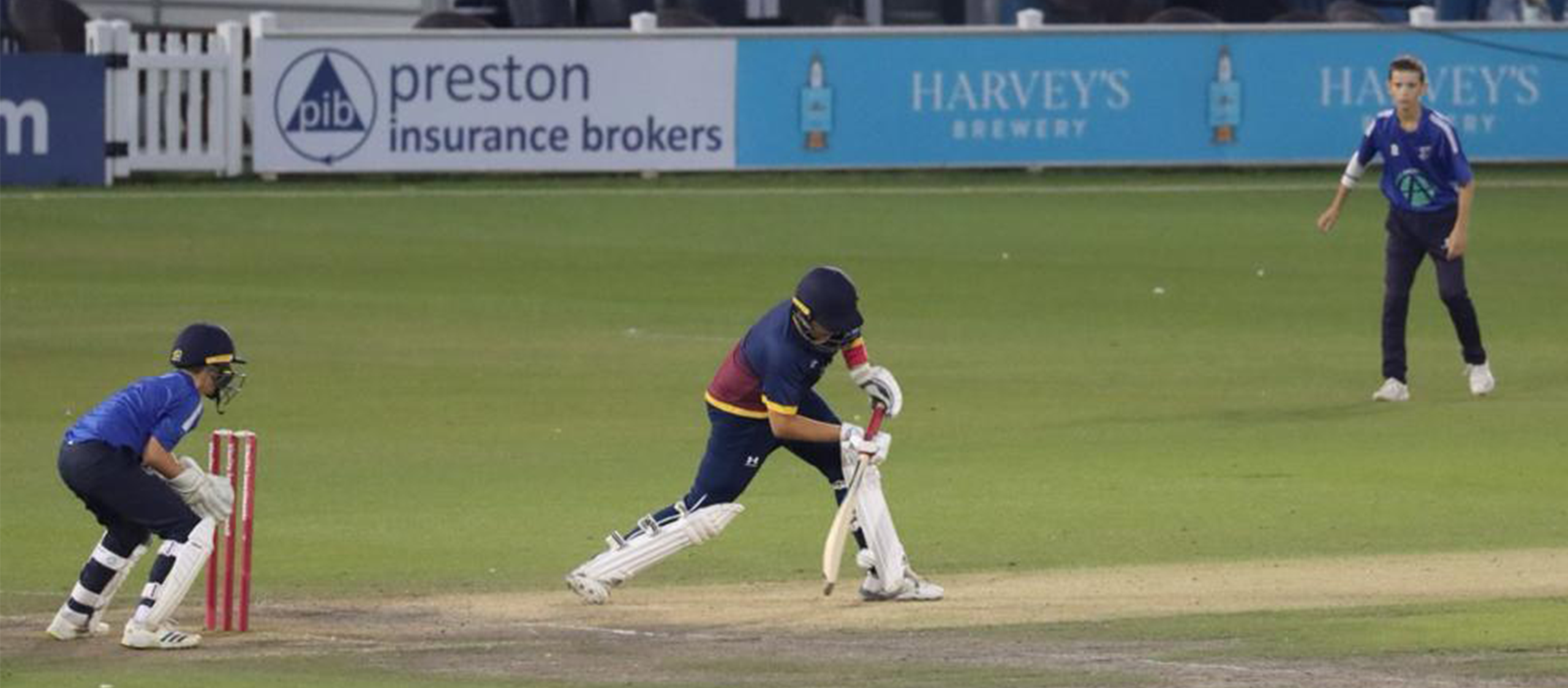
PLAYER RECRUITMENT
* PLEASE NOTE THAT THE BELOW CONTENT IS FROM THE 2023/2024 SEASON SO IT CURRENTLY OUT OF DATE. THIS US CURRENTLY BEING REVIEWED AHEAD OF 2024/2025 SEASON.
The Player Recruitment strategy for our pathway is underpinned by practice principles for talent identification which is in place to assist our search for high-potential players that can transition into the Pathway programme and be selected for age groups squads. The aim is to identify, develop and recruit high-potential players each year in order to focus delivery and time investment in those selected at various phases of the pathway programme. We target the recruitment of players who are ready to progress to a more advanced stage of development or competition (either the next pathway phase of activity or final squad), those with the greatest potential for long-term success and those who fulfil our current and future talent development system needs.
The identification of players takes place longitudinally throughout the programme and we seek to provide multiple developmental opportunities to increase the potential for talent to emerge. We try to limit the impact of talent selection decisions on long-term development given the advantages they provide, but selection decisions are required at timepoints within the stages of the pathway. We aim to make better, more informed talent selection decisions by creating opportunities to identify, observe and confirm talent within indoor and outdoor, training and match play environments (where possible). The selection decision making process also involves collating observations and judgements and making assessment of objective and subjective information from multiple eyes. Our talent selection principles within the pathway are as follows;
Selection Principles
- Assessment of Performance and Potential – This involves making predictions of an individual’s future potential and their readiness to progress to a more advanced stage of development within the pathway. This process also involves making an assessment of an individual’s current performance relative to peers against the ‘Content Framework’ that is delivered by the pathway cricket coaches in the room.
- Assessment of Individual Characteristics – This involves giving consideration to an individual’s attributes, behaviours and traits, including factors that have an impact on developmental progression. This process also involves making an assessment of the elements of performance observed at the stage of development, the extent to which these are malleable and how they relate to the indicators of performance required at adult level.
Assessment of Talent Pool Depth and Squad Balance – This involves understanding our current and future needs to ensure that we select an appropriate balance and breadth of skill-disciplines. Players need supportive peers and skilled opponents to progress alongside, and we know that a breadth of variety within each skill-set is advantageous to an individual’s developmental needs and the long-term health of the talent development system. This process involves selecting a range of dexterities and handedness, i.e. left and right batters and bowlers, finger and wrist spin options, players who have a standout strength or point of difference above their peers and players who have the potential to perform within different roles in a team (i.e. opening batters in different formats have very different skill-sets, for example). The talent pool balance illustration below is used to ensure that we selected a range of skill disciplines within each age group. We recognise that players are not to be ‘pigeon holed’ and continue to be developed in multiple skill-sets during each phase. The structure is a tool to provide further robustness to our selection decisions.
Talent Pool Balance – Phase 2 to Phase 3 (2023-24) | |||
18 Player Talent Pools – County Age Groups – Under 14 to Under 18 | |||
6 – Batters 2 – Wicket Keepers 5 – Pace Bowlers 3 – Spin Bowlers 2 – Additional ‘‘depth picks’ |
There may be occasions where the Talent Pool selected is larger than 18, owing to a variety of reasoning. In this case, the additional selection will be an additional ‘depth pick’.
Selection Decision Making Process
The final pathway selection decisions are made by multiple individuals, including the Pathway Manager, to reach informed decisions from multiple eyes. Each age group has a selection meeting where the two coaches assigned to work with the age group meet with the Pathway Manager to reach a conclusion on the final selected squad. This works via a majority rule, with the two coaches assigned to work with the age group coming to their own conclusions, and the Pathway Manager intervening where a conclusion is not reached.
Oxfordshire Cricket acknowledges the difficulty in making selection decisions given that identifying and predicting talent involves making predictions about which players have the potential for future success. With talent emerging and changing over time, and at varying ages, stages and often through non-linear development trajectories we design our pathway programme to include multiple development opportunities to confirm talent within each phase.This allows for the identification of future potential and assessment of performance to take place longitudinally with the intention of making better, more informed talent selection decisions.
Volunteers are the beating heart of recreational cricket, offering their time and skills to grow the game.
After recognising a lack of support to take on leadership roles, Oxfordshire Cricket created the Future Leaders Academy.
Read more below👇
@Oxoncb | #FutureLeadersAcademy
Vacancy - Non-Executive Director, Safeguarding Lead, Vacancy - Managing Director, Vacancy - Street Coach, Player Development Workshops, and more... -